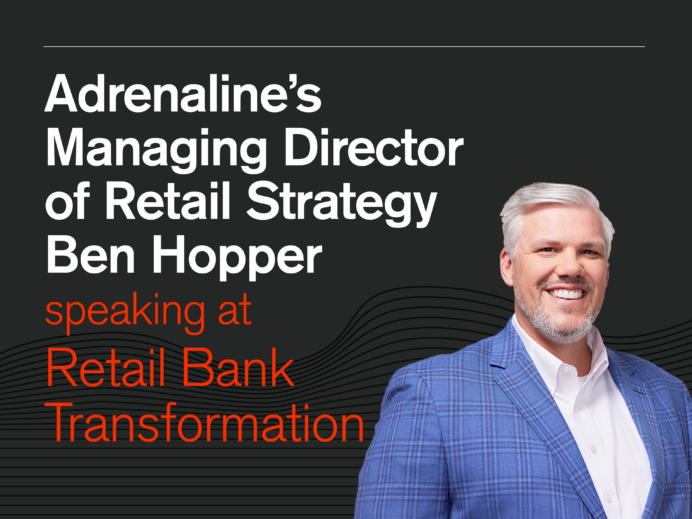We talk a lot about disruption. A lot. In fact, our last posting was about our response to a disrupted marketplace and the importance of setting up a strategic structure with experience at the center. While you cannot always predict disruption in advance, you know when you’re behind the eight ball. We don’t always know how the tsunami will affect our lives, but we know when it’s heading our way. That’s what digital disruption is like. When we think about banking and finance, we know that second-wave disruption has really done a number on the financial industry with many legacy institutions in the unenviable position of trying to play catch-up. It’s in this disrupted space that we presented The Evolution of Banking: Creating a Universal Experience in the Branch Environment at the Independent Community Bankers of America (ICBA) Live Conference in San Antonio last week.
To understand where community bankers reside on the disruption spectrum, we polled the audience by having all 90 attendees stand. We then asked audience members to sit if they don’t currently have or are not planning to deploy the Universal Banker. Only about four attendees sat down. Next, we asked bankers who don’t have any universal bankers but are thinking about it to sit, about 15 sat down. Finally, we asked attendees to sit down if they didn’t have at least one proactive plan or pilot to deploy the universal banker, and a little less than half sat down. For us, the takeaways of our informal poll are that the majority of community bankers understand the importance of creating a better customer experience and that the universal banker is the likely best roadmap to get there.
Say Hello to Our New Robot Overlords? No.
The thing that’s interesting about disruption is that sometimes when you’re behind the eight ball, you are looking for a quick fix, a short-cut, to solve your problem. Sometimes that’s a technological fix. Sure, the ATM made banking easier and more convenient for a majority of bank customers. But for the customer who needs information about a loan, the ATM is meaningless; it solves nothing for that customer who needs actual human insight into their particular situation. This example shows how short-cuts won’t solve your larger strategic problem. It’s not about simply deploying an ATM or VTM (video teller machine); it’s about providing solutions your customers care about that are mapped to the experiences that matter to them.
We often say that branch banking isn’t dead … It’s just different. Consumers today demand high-touch and high-tech experiences seamlessly integrated together, so that our individualized experience feels effortless. This experience includes spaces that are intuitive and intentional, staff members that are helpful and knowledgeable, and efficient technologies deployed in a coherent fashion. But as author Ben Mitchell says, “It takes a lot of effort to make something look effortless.” Indeed, in the branch banking environment, deploying the universal banker requires banks to look at an alignment of function and philosophy into a physical space. The universal banker is not plug-and-play; it’s not a one-size-fits-all proposition that will solve all of your bank’s challenges. But with the right strategic mindset, you can customize a universal banker program that will be right for your bank.
Unique Opportunities
Visiting with community bankers, we’ve come to understand that community banks are in a unique position to provide hometown service that you might not be able to find in a big city. Sean Keathley says, “The branch is still incredibly important and the human aspect of the branch is vital. All banks are trying to find ways to create better customer experiences, and there are technologies that enable that. But some technologies are really forced, more as a cost reducer, and can end up creating a colder customer experience. By far, the biggest challenge in the financial industry right now is going to be finding the right people who can serve this role. It’s a lot easier to architect a job description. But actually finding the right person for that role will remain banking’s biggest challenge.” At the end of the day, the universal experience is about people over processes, strategy over expediency.






